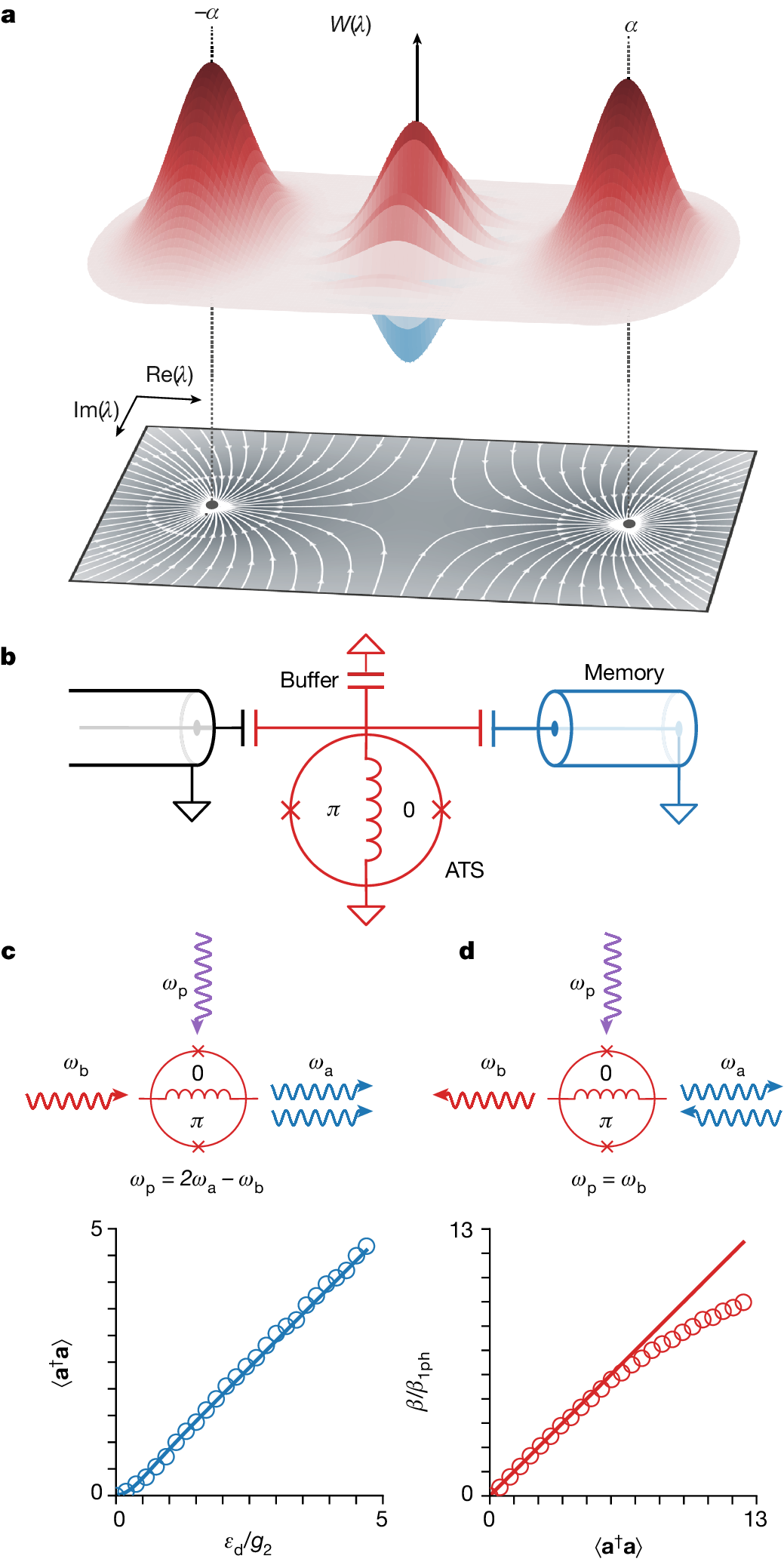A group of researchers from the École Normale Supérieure (France), in collaboration with the quantum computing company Alice & Bob, have created a quantum bit (qubit) inspired by Schrödinger's cat.
This "cat-qubit" managed to resist errors for an unusually long time during a quantum computing experiment.
The study, published this Monday in Nature, sees this invention as a very promising element for building more reliable quantum computers in the future.

Quantum computers are known to be able to solve problems that conventional computers cannot. However, it is not yet clear how they can do this, since quantum computers tend to make indecipherable errors during computation.
"Revolutionary cat qubit
Now, Schrödinger's cat qubit has proved to be highly effective, by not making the very common bit inversion errors that used to be so common - glitches where zeros turn into ones and vice versa.
The qubit-cat managed to overcome this challenge in a record time of 10 seconds - it may not seem like much, but it's an unprecedented milestone.
As New Scientist explains, this quantum bit is trapped in a small hole in a chip full of tiny superconducting circuits, where light oscillates in two different ways. Such a configuration allows for a superposition that mimics the famous theoretical Schrödinger's cat experiment, creating a state where the qubit avoids the common bit flip errors.
Historically, these cat-qubits were already theorized to be highly resistant to bit inversion errors. However, demonstrating this resistance under laboratory conditions remained very complex.

The cat-qubits make it possible for future quantum computers to be built with fewer qubits dedicated to error correction, thus reducing the associated complexity and cost.
Estimates, detailed by New Scientist, suggest that, thanks to Schrödinger's cat, the number of qubits needed for error correction could decrease up to tenfold compared to other approaches involving superconducting circuits.





